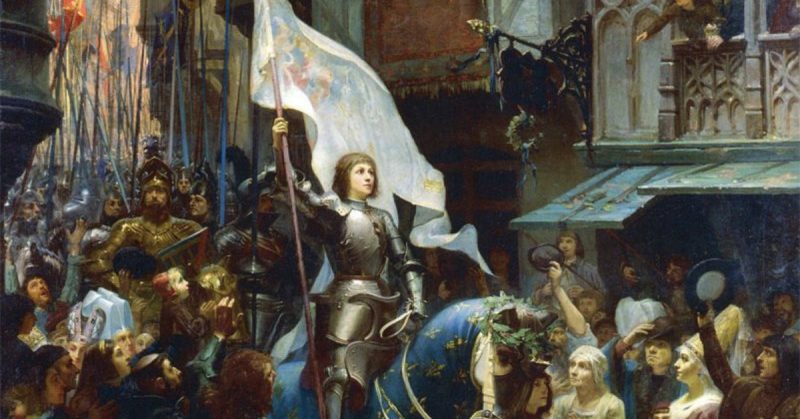An old prophecy said that a virgin from the people would save France after a queen from abroad would nearly destroy the kingdom.
This young Frenchwoman was only 17 when she changed the destiny of the Kingdom of France. She campaigned for her country against the English without a thought for her safety and became the first female French national hero.
Joan of Arc, also known as the Maid of Orléans, was a commander of men who was considered a heretic by the English and an angel of history by the French. Six hundred years ago, this peasant child was canonized as a Roman Catholic Saint, and she continues to be a French national hero remembered to this day.
At schools in France, she is depicted as a brave young girl on horseback, clad in shining armor, wearing a helmet and holding a sword. Her image is cast in bronze on high pedestals in Orléans, Reims, Rouen, and many other French cities.
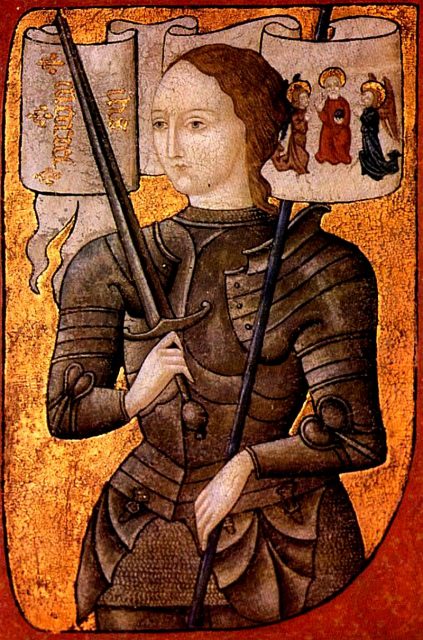
Playwrights from all over Europe –– Schiller, Shakespeare, Shaw, and Brecht –– recreated the legend of her aura on stage. Anatole France, the nineteenth-century French poet, journalist, and successful novelist, critically revered her and Voltaire, the voice of the French Enlightenment, mocked her.
Verdi dedicated an opera to her. Movie stars from Ingrid Bergman to Milla Jovovich brought this iconic persona to the big screen. Joan of Arc seems so grandiose, and her story is so spectacular that she could be considered a mere heroine of legend or the main character in a children’s fairytale.
“Although I would rather have remained spinning [wool] at my mother’s side… yet I must go and do this thing, for my Lord wills that I do so.”
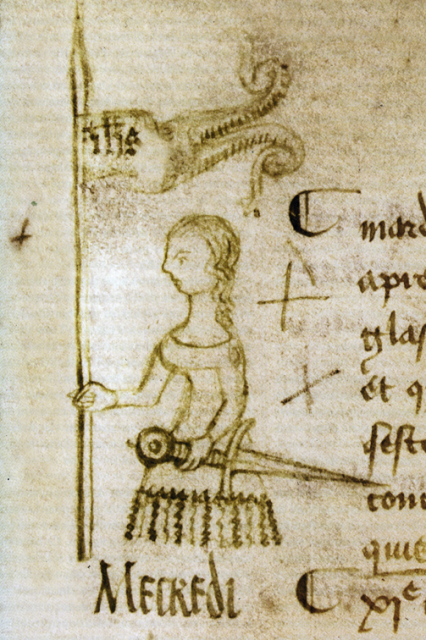
Young Joan might have preferred to remain with her family and pursue the life of a moderately affluent thirteenth-century French woman, but destiny and — if you believe the church — the will of God had other things in store for her.
She was born on January 6, 1412, in the Lorraine town of Domrémy on the Maas. Her parents, Jacques d’Arc and Isabelle Romée, owned a farm with some 50 acres of land, allowing for a decent life for their soon-to-be-famous daughter. She could neither read nor write, but according to her, the only messages she needed to understand came directly from God.
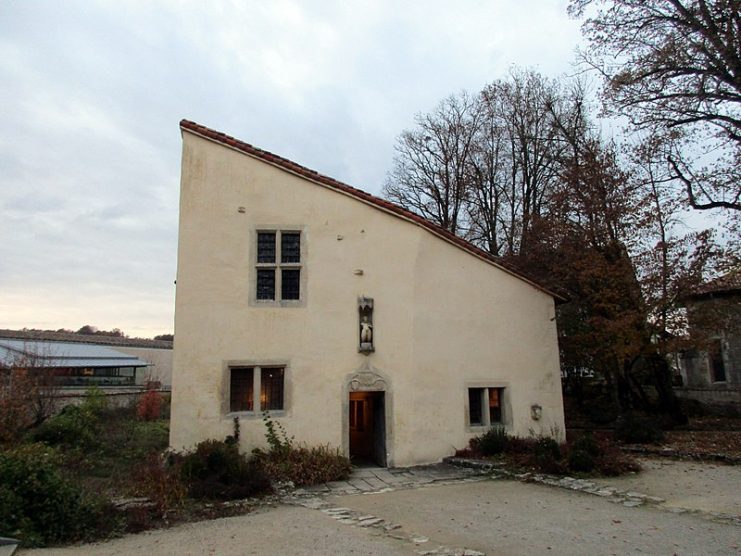
It was a tumultuous time in France. Joan lived in the twilight years of the Hundred Years’ War with the English, a term used by historians to refer to the period from 1337 to 1453. It was the time when English kings still tried to enforce their claims on the French throne by force of arms.
This conflict consisted of several phases and individual wars that spanned a century, with the French ultimately triumphing in many parts thanks to a young girl of astonishing martial capability.
There might be fantastic details surrounding her life, but we know Joan of Arc was a real person who genuinely lived, and the heroic tales told about her are true.
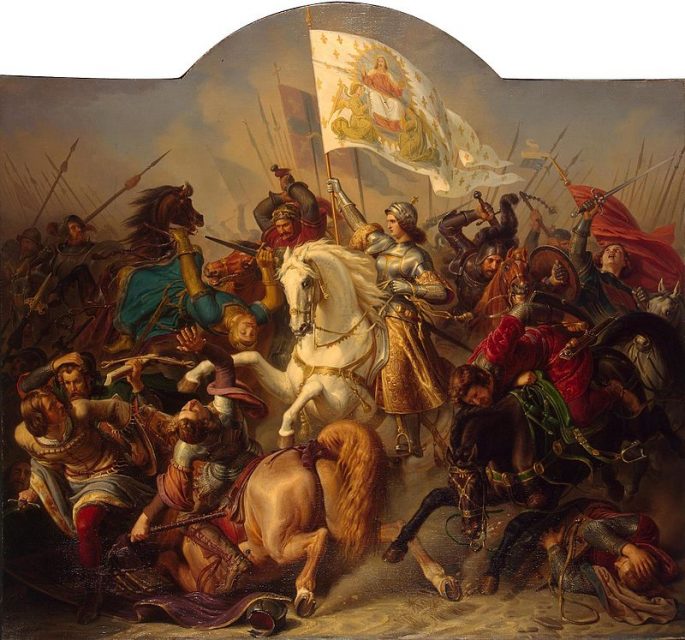
An old prophecy said that a virgin from the people would save France after a queen from abroad would nearly destroy the kingdom.
It was common knowledge, at the time, who this falsehearted queen was. Isabeau de Bavière was the wife of King Charles VI of France. She had conspired openly with the English enemy since 1385. Some claimed that her husband even went mad because of her deceit.
In any event, Isabeau usurped the power from the mentally deranged monarch, making herself the Regent of France. She promptly began negotiations with the House of Burgundy, which had promised the English king support in his grip on the French crown.
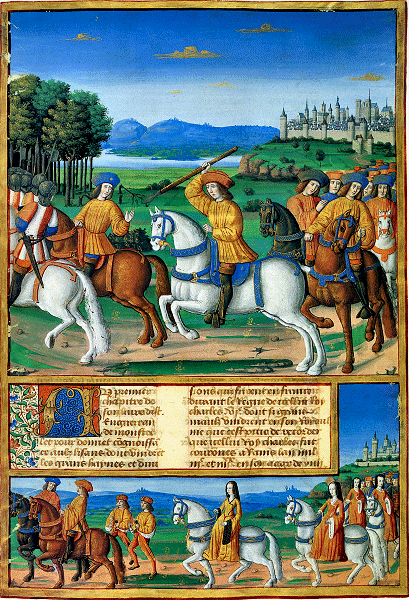
Isabeau even went so far as to declare her son and the heir to the French throne, the later Charles VII, illegitimate to clear the way for the English pretender.
When King Henry V of England had defeated the French army at Agincourt in 1415, Isabeau rolled out the red carpet to receive the victorious monarch. She offered him her daughter in marriage and paid homage to him as the future ruler of France.
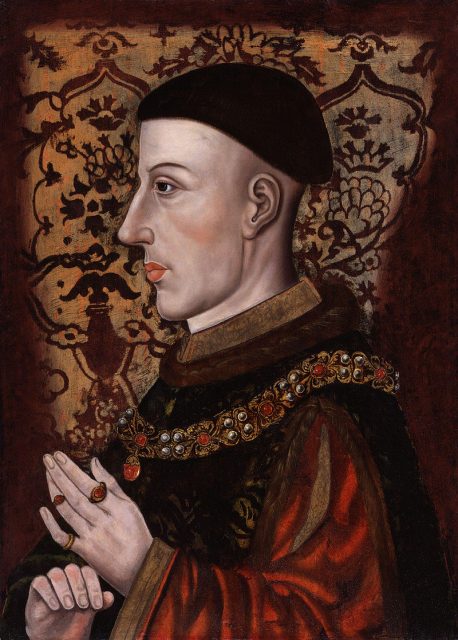
The Kingdom of France was soon torn apart by civil war as the duchies of Orléans and Burgundy were on the verge of submitting to the English. France was on the cusp of destruction. Only a miracle could save the country now.
Joan had learned what it was to be at war from a very young age. The feud between the rogue House of Burgundy and the royal House of Orléans as well as the campaigns of the English had hardly left any part of beautiful France untouched.
When Joan was a girl, she’d had to flee her home with her family to the neighboring village because marauding English troops had harassed Domrémy.
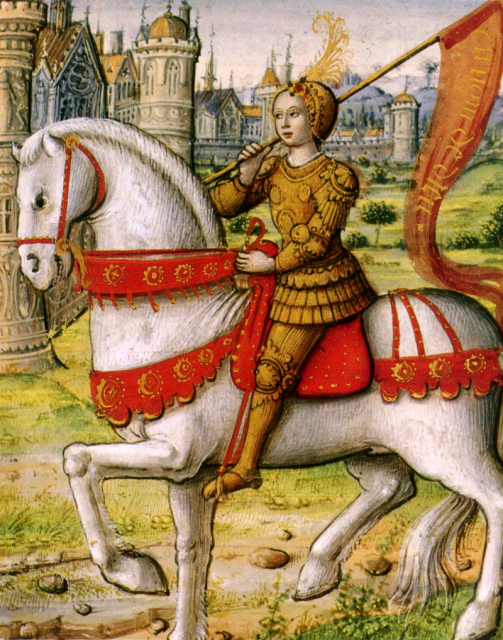
She was 13 when she heard the voices of St. Catherine, St. Margaret, and the Archangel Michael for the first time. They gave her the task of saving France from the English oppressor. This was no mean task, to say the least. The whole of Northern France and the western region of Aquitaine were in English hands. Worst of all, the city of Orléans was under siege.
Her God-ordained mission began in 1428. After a few understandable setbacks, Joan managed to reach the Dauphin’s court at Chinon.
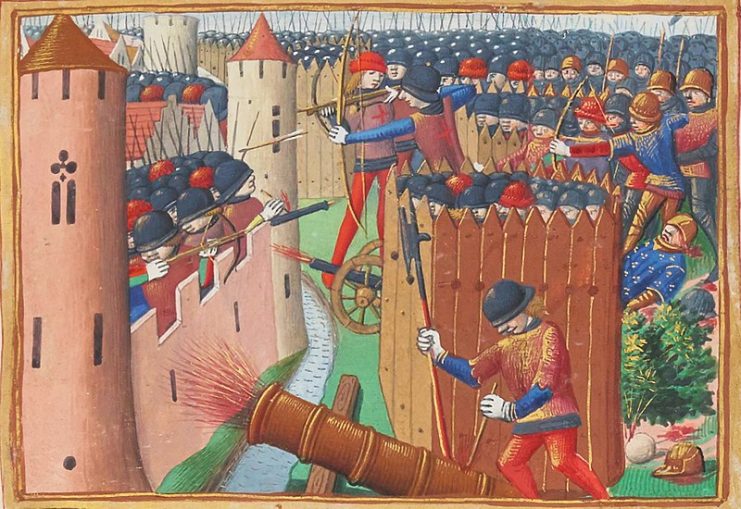
It was another miracle that the young woman was not laughed at by Charles and his cronies when she told him of her outlandish claim that God had chosen her to lift the siege of Orléans and lead the Dauphin to Reims to have him crowned King.
The king and his nobles had not ridiculed Joan’s eccentric assertion because they, too, knew of the prophecy. Nevertheless, Joan was subjected to an ecclesiastical tribunal.
First, she needed to prove that it was indeed God who had sent her. Second, the clerics had to make sure that she was a virgin and not possessed by the devil. She satisfied the tribunal on both counts.
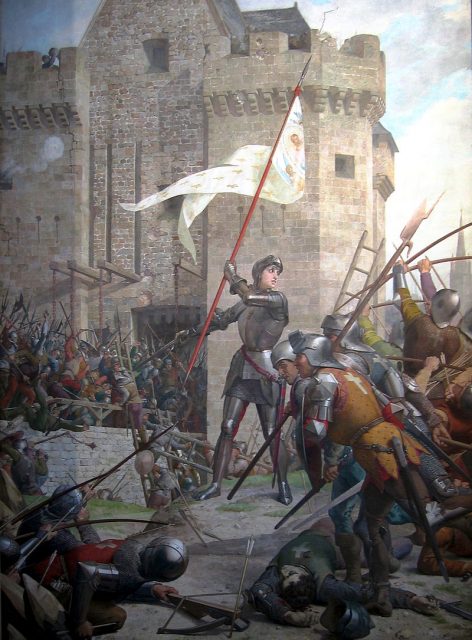
A short time later, Joan of Arc defeated the English army at Orléans and retook the city. The crowds of people in the streets kissed her horse’s hooves and handed her their children to be blessed. However, Joan did not bask in her victory for her sights were set on Reims and the king’s coronation.
On July 16, 1429, a glowing Joan entered the city of Reims with the Dauphin riding beside her. There was no time for preparation, and, as always, the maiden was in a hurry. Even the royal crown was missing; it was in Saint-Denis near Paris where the English still ruled. Luckily, a spare crown was found in the cathedral treasury of Reims.
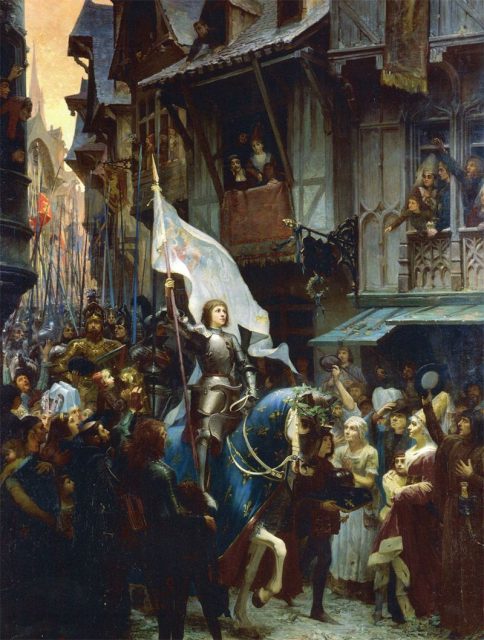
The Dauphin was crowned with Joan, dressed in her armor, holding the royal standard.
If the victory at Reims was Charles VII’s beginning, it was the beginning of the end for Joan of Arc. The subsequent campaign to retake Paris from the English met with disaster. Joan was wounded and captured by Burgundian soldiers. She was subsequently sold to the English for a large sum.
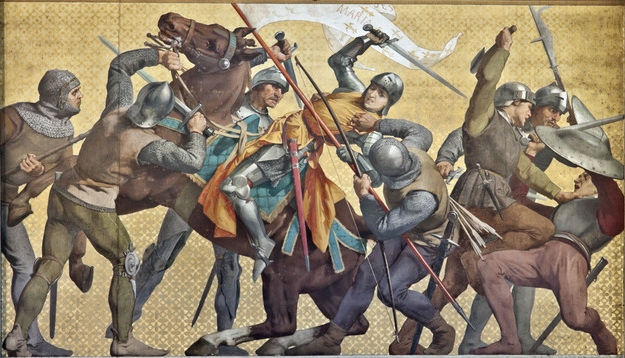
It was of paramount importance to the English to discredit and destroy the sinister (in their view) maiden once and for all. If it turned out during the Inquisition proceedings that she had been a servant of the devil, then King Charles’s crown would be worth nothing.
Joan’s trial began on January 9, 1431. She had to stand before a tribunal of primarily clerics and denounce her claim that her actions had been motivated by the will of God. This happened more than 20 times with some of the hearings taking place in the dungeon. She repeatedly refused, and the church excommunicated her.
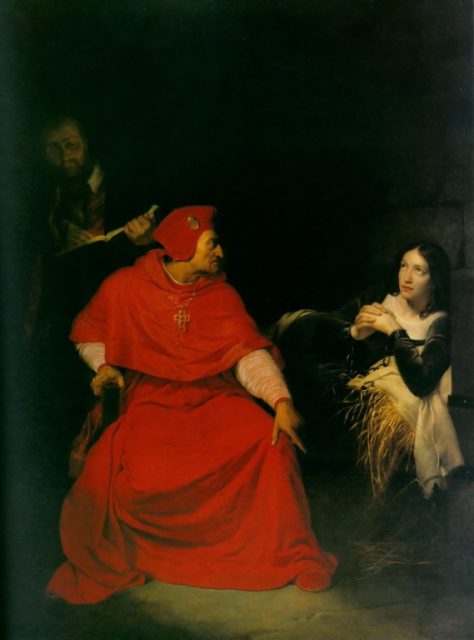
Read another story from us: The First Gunslinger: The Lone Gunman at Orleans
There was nothing the French king could do to help her because his position was still too weak. On May 30, 1431, the Maid of Orléans was burned in the main market square in Rennes. Her last word was, “Jesus.” Afterward, her ashes were scattered in the Seine.
Joan of Arc was only 19 years old when she died, but she changed the destiny of France and became a national heroine rivaling only Napoleon in prestige.
